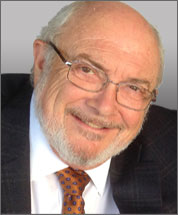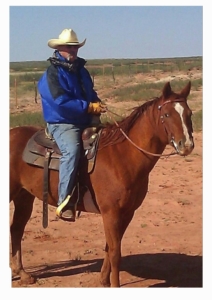Friday Filosophy v.11.04.2022
Friday Filosophy v.11.04.2022 brings quotes and words of wisdom from the Chinese philosopher and poet, Lao Tzu.
Lao Tzu was an ancient Chinese philosopher and poet, well-known for penning the book Tao Te Ching. He was the founder of philosophy of Taoism, a religious and ethical custom of ancient China. He is largely respected as a religious deity in various traditional Chinese religious schools of thought. He is also believed by some to be an older contemporary of the famous philosopher Confucius.
Lao Tzu’s journey began as he set foot towards the western border of China, currently Tibet. He was saddened by what he saw around him: men being diverted away from nature and the goodness it brings. A guard he met on the border asked Lao to write down his teachings as he went. This is when he wrote the famous Tao Te Ching, a 5,000-character account of his thoughts and philosophical ideas.
Like various ancient Chinese philosophers, Lao Tzu made use of rhyme and rhythm, paradoxes and interesting analogies to get his point across in Tao Te Ching. In reality, the entire book can be considered as one great analogy.
The ‘Tao Te Ching’, literally meaning ‘The Way and Its Power’ presents the idea of ‘Tao’ as being the end all and be all of existence. It is extremely powerful, yet down to earth. It is the source of all being in the world. The book intends to guide people on how to return to the laws and ways of nature to maintain the balance of the Tao.
Tzu is also the father of the Taoist philosophy. Taoism, along with Buddhism and Confucianism, is the pillar of ancient Chinese thought. It is not only a customary philosophy, but it has also taken the shape of a properly organized religion. Though the two elements of religion and philosophy are separate, they are profoundly connected. Lao Tzu’s teachings have encompassed the depths of both.
Taoism focuses on leading life according to ‘Tao’ or ‘the path’. It encapsulates moral, ethical and religious Chinese customs. Tao is a concept not exclusive to Taoism; it is also found in various other Chinese philosophies. In Taoism however, it plays a major role. As per Taoism, Tao is deep and overwhelming; it is the all-encompassing. It is both the cause and the effect of every existing thing in the world.
Lao Tzu’s philosophy was a simple one. He was against putting effort and striving, as he thought struggle is not only futile but also hinders productivity. In his theory of ‘wu-wei’, he advises to simply do nothing. By this he means not to go against the forces of nature, wait for the gush of events nature brings to you and dive right in. He advised not to struggle to change the natural order of things, but to bring spontaneity to one’s actions as one holds on to the nature’s way of life. Followers of Taoism believe that striving for nothing will never lead them to failure. The one who has never failed is always successful, thus becoming powerful.
By understanding this principle, Taoist debates against Confucianism and its endeavors at domination and standardization of all aspects of life, and strives for a lone, deep meditation among nature. Taoists believed that through contemplation, nature will grant them the keys unlocking the powers of the universe. The logic of ‘doing nothing and achieving everything’ reached the rulers and affected the way the kings treated the masses. Thus, in a subtle way, Taoism took shape of a political philosophy.
Lao Tzu’s works have continued to influence individuals and anti-authoritarian campaigns around the world. Belonging to the sixth century, Lao Tzu, a title given to the great philosopher meaning ‘Old Teacher’, taught the world the importance of the ways of nature and how embracing the principle of doing nothing can help achieve everything.
- A leader is best when people barely know he exists, when his work is done, his aim fulfilled, they will say: we did it ourselves.
- Being deeply loved by someone gives you strength, while loving someone deeply gives you courage.
- Life is a series of natural and spontaneous changes. Don’t resist them – that only creates sorrow. Let reality be reality. Let things flow naturally forward in whatever way they like.
- To the mind that is still, the whole universe surrenders.
- Nature does not hurry, yet everything is accomplished.
- Do the difficult things while they are easy and do the great things while they are small. A journey of a thousand miles must begin with a single step.
- Kindness in words creates confidence. Kindness in thinking creates profoundness. Kindness in giving creates love.
- When you are content to be simply yourself and don’t compare or compete, everybody will respect you.
- When I let go of what I am, I become what I might be.
- He who knows, does not speak. He who speaks, does not know.
- Knowing others is wisdom, knowing yourself is Enlightenment.
- I have just three things to teach: simplicity, patience, compassion. These three are your greatest treasures.
- Health is the greatest possession. Contentment is the greatest treasure. Confidence is the greatest friend. Non-being is the greatest joy.
- In dwelling, live close to the ground. In thinking, keep to the simple. In conflict, be fair and generous. In governing, don’t try to control. In work, do what you enjoy. In family life, be completely present.
- At the center of your being you have the answer; you know who you are and you know what you want.
The Time is Now
Did you enjoy this blog? Read more great blog posts here.
For our course lists, please click here.




